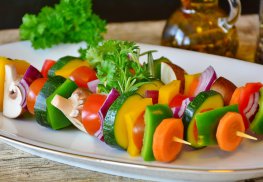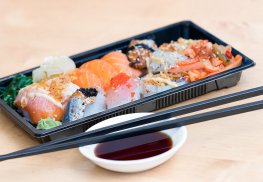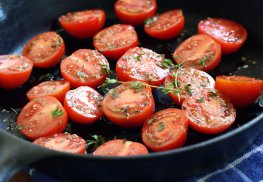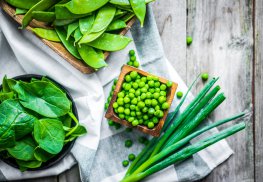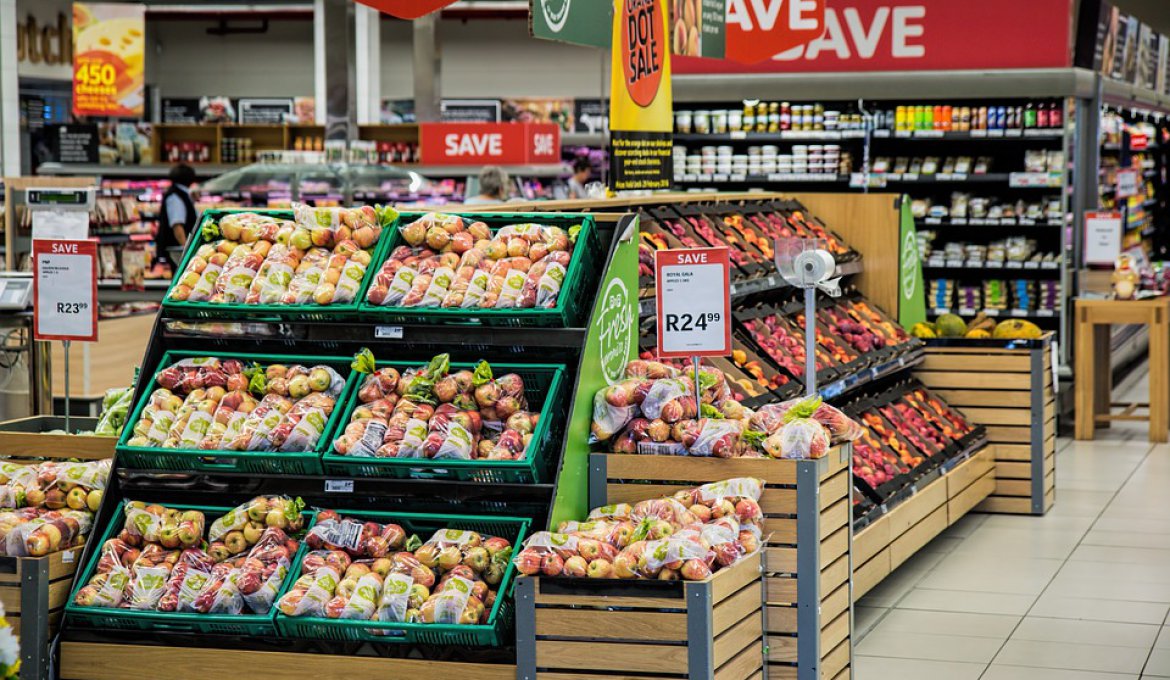 Healthy lifestyle
Healthy lifestyle
Buying food for supplies? Find out how not to waste it!
Many people tend to buy large quantities of food products. The result is that a lot of food is wasted and ends up in garbage cans instead of plates. Learn how to plan your shopping, what products to choose and how to store surplus food so you don't waste it.
Buying supplies can make sense.
Not everyone lives near a marketplace and a supermarket to which they could jump at any time of the day if they run out of sugar or milk, but not only a secluded place of residence decides that it is worth buying a supply. This solution has many advantages:
- This saves time - instead of going to the store every day, you can visit the store much less often and not waste time on commuting, parking and standing in line at the checkout.
- This saves money - large packaging, in general, is a very profitable purchase. It is hard not to notice the advantages of buying food at a reduced price for a stock when it is a product that can be stored easily and for a long time.
- It is a guarantee that we will always have something to eat at hand - if our car broke down, we would fall ill or a nearby shop would have an electrical failure, we could give up shopping, because in a locker or fridge other food products would be waiting for us.
To make sense of it, you need to plan your shopping with your head, choose the right products and store them safely.
How do I choose products for long-term storage?
The key to success in buying food products in stock is their shelf life, but also the way they are packaged and stored. Fresh products must be refrigerated and packaged, canned or jarred products can be stored in a pantry or cabinet (often even for several years).
How to store food supplies?
Fresh food is best and safest to store in the fridge. If you are in the habit of doing big shopping, it is worth taking care of a properly capacious fridge. In particular, a refrigerator with a freezer at the bottom is considered to be recommendable.
A refrigerator with a freezer at the bottom of the Bosch base is a good choice when it comes to storing large quantities of fresh food. The refrigerated section of the refrigerator can store many fresh products, and the freezer can store ready-made frozen food as well as freeze what is not going to be used in the near future. This type of fridge is the best and most universal choice.
How else can we reduce food waste?
There are many ways to minimise food waste:
- Freezing surplus food - freezing is one of the most reliable and safest ways to extend food shelf life. Products frozen in an appropriate manner can be stored for a longer period of time. Unfortunately, in many kitchens, freezers are not big enough to hold extra food. If you live in a house or a large apartment and have enough space for an extra freezer, it is worth considering buying one. The most popular solutions are: a drawer freezer and a chest freezer. Which one to choose? This depends on the preferences and specificity of the room (it is not always possible to open the freezer from above).
- Preparing wecks is a great way to keep food for the next few days or to give it to others. In the form of wecki you can store goulash, aleo, dovecakes and many other dinner dishes. This type of food may be stored for a few days, sometimes several days.
- Making preserves is another way to turn your excess fruit and vegetables into delicious sauces, purees, juices and jams. If we have vegetables and fruits from a plot or garden, we do not have to force ourselves to eat them fresh (sometimes the harvest is too high). A good solution is to make some of them into home-made preserves that can be pasteurized and stored for many months.
Waste of food is a major problem which is worth tackling. It's a waste of money to throw away food and it's not pleasant to know that you throw away food that others may lack, either. If we take a more rational approach to the purchase and storage of food products, we will certainly be able to reduce this phenomenon.

